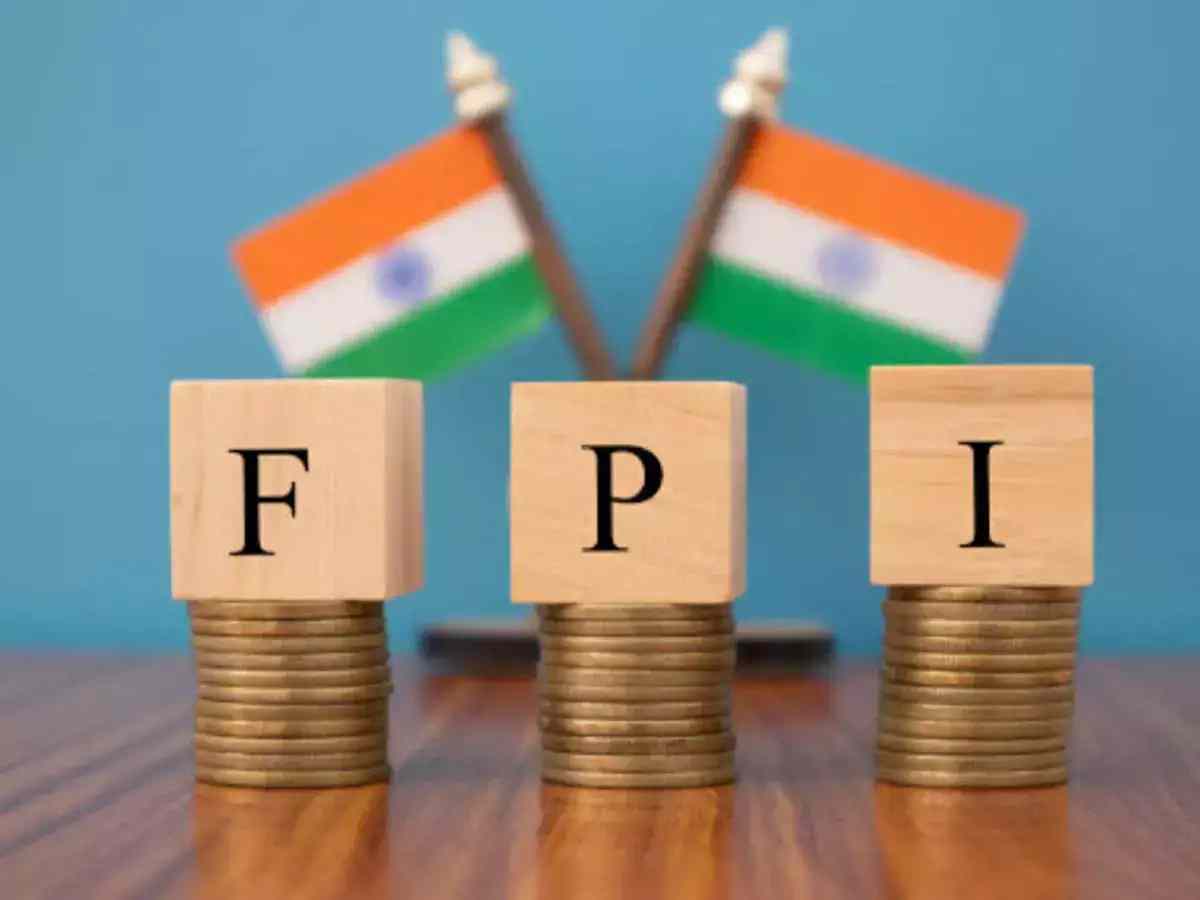
The recent IPO of Ola Electric Mobility Ltd., a major Indian automaker, has made a significant debut on the stock market, marking the first such event in two decades. Ola Electric’s shares surged by 42% above their issue price within the first three trading days.
The Impact of Modi’s Industrial Policies
The future success of Ola Electric will heavily depend on the industrial policies of Prime Minister Narendra Modi. As India aims to catch up with China’s manufacturing success, Ola Electric could serve as a key example of whether the country can revive its manufacturing industry.
State Incentives and Expansion Plans
Ola Electric, backed by SoftBank Group Corp., has been selected for two different state incentives, making it a prime example of India’s policy efforts. The company’s scooters have met the domestic value-addition criteria, making them eligible for sales-linked subsidies for five years. Additionally, a portion of the $733 million raised from the IPO will be used to expand the company’s battery factory capacity. Ola aims to reach 20 gigawatt-hours (GWh) by June 2026, which would help the company qualify for incentives designed to boost local battery manufacturing.
Challenges with Demand and Government Support
While subsidies can improve profit margins, the bigger challenge is demand. India sells more two-wheelers than cars, and just over 5% of scooters and motorcycles sold last fiscal year were electric. Industry experts predict that by 2028, half of these vehicles could be electric, creating a market with about $40 billion in annual revenue and potential export opportunities in regions like Africa, Latin America, and Southeast Asia. But for this to happen, the government will need to provide financial incentives to persuade price-sensitive consumers to make the switch.
Uncertainty Over New Incentives
The Modi government has struggled with maintaining consistent support for such initiatives in the past. In June of the previous year, the government abruptly reduced the subsidy for first-time buyers, raising the price of Ola’s basic e-scooter by nearly 23,000 rupees ($275). This increase was significant, given that 90% of India’s population earns less than this amount in a month. As a result, demand for the scooters plummeted by 75% over the next three months.
Currently, there is uncertainty about this year’s incentives. The previous program has ended, and a new one has not yet been introduced. The industry had expected the Modi government to significantly increase subsidies after its re-election, possibly focusing more on improving India’s limited charging infrastructure. However, the recent budget did not allocate new funds for this purpose.
Issues with Previous Subsidies
The previous subsidies also faced issues. The government tried to achieve multiple goals with these incentives, such as encouraging the EV industry to reduce its reliance on Chinese parts. However, this led to complications. Some companies, including Hero Electric Vehicles Pvt, Okinawa Autotech International Pvt, and Benling India Energy & Technology Pvt, were accused of violating localization norms. As a result, the government stopped paying subsidies to these companies and demanded repayment of the funds already provided. It also threatened to blacklist some manufacturers from future government programs. Ola and its competitor Ather Energy Pvt, which had sold chargers separately to keep the cost of their vehicles eligible for discounts, were forced to refund the charger costs to buyers.
Dependence on Government Support
Prime Minister Modi’s production-linked incentives (PLIs) are available to various industries, from textiles to electronics. However, these incentives often come with increased import duties, which University of Chicago economists Raghuram Rajan and Rahul Singh Chauhan have criticized. They argue that these policies make Indian consumers pay higher prices due to tariffs, while taxpayers cover the cost of subsidies. In this context, EV subsidies at least attempt to make environmentally friendly vehicles more affordable for local consumers while promoting domestic production.
The downside of this heavy reliance on government intervention is that it makes companies like Ola dependent on state support. India’s well-known tendency for bureaucratic interference, along with the many competing demands on limited fiscal resources, means that the stability of such support cannot be guaranteed.
Risks and Future Outlook
Ola Electric acknowledged this risk in its IPO prospectus, warning that if the government incentives under the PLI Schemes are discontinued or if the company is unable to claim them, it could become less competitive. The prospectus also cautioned investors about the possibility of a repeat of the June 2023 downturn when the government suddenly cut consumer subsidies, leading to canceled orders and significant refunds.
Manufacturing accounts for 26% of China’s GDP, while in India, the figure is only 13%. This premature decline in manufacturing has significantly influenced investment decisions in India.
Bhavish Aggarwal’s Pivot to Electric Vehicles
Ola Electric’s founder, Bhavish Aggarwal, initially focused on ride-hailing services through Ola Cabs. However, as the pandemic severely impacted mobility, the 38-year-old Aggarwal decided to reduce the group’s reliance on Ola Cabs. Unlike his Indonesian counterpart Gojek, which merged with PT Tokopedia to form GoTo Group and remained a data-driven e-commerce platform, Aggarwal chose to pivot to electric vehicles (EVs). This move was risky because it required navigating 22 different labor-related laws and dealing with significant product quality issues, such as a vehicle catching fire in Pune, India.
The IPO has established Aggarwal as one of the world’s youngest billionaires. However, the success of Ola Electric will depend as much on Aggarwal’s ability to make the most of the $127 million he has invested in research and development over the past three years as it will on continued state incentives. These incentives have been unreliable in the past and could be again in the future.
Disclaimer: The views and investment tips expressed by investment experts on Sharepriceindia.com are their own and not those of the website or its management. Sharepriceindia.com advises users to check with certified experts before taking any investment decisions.









